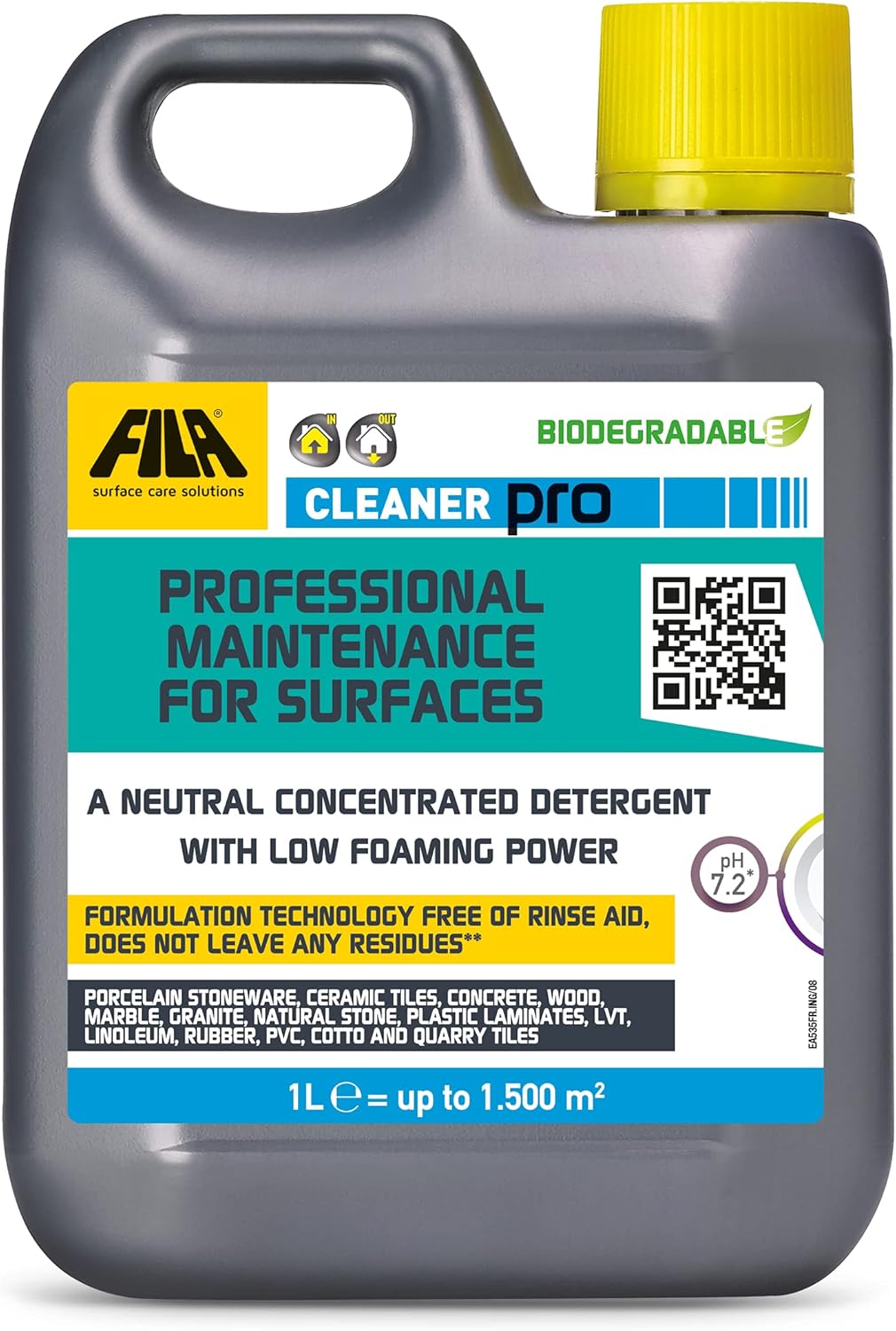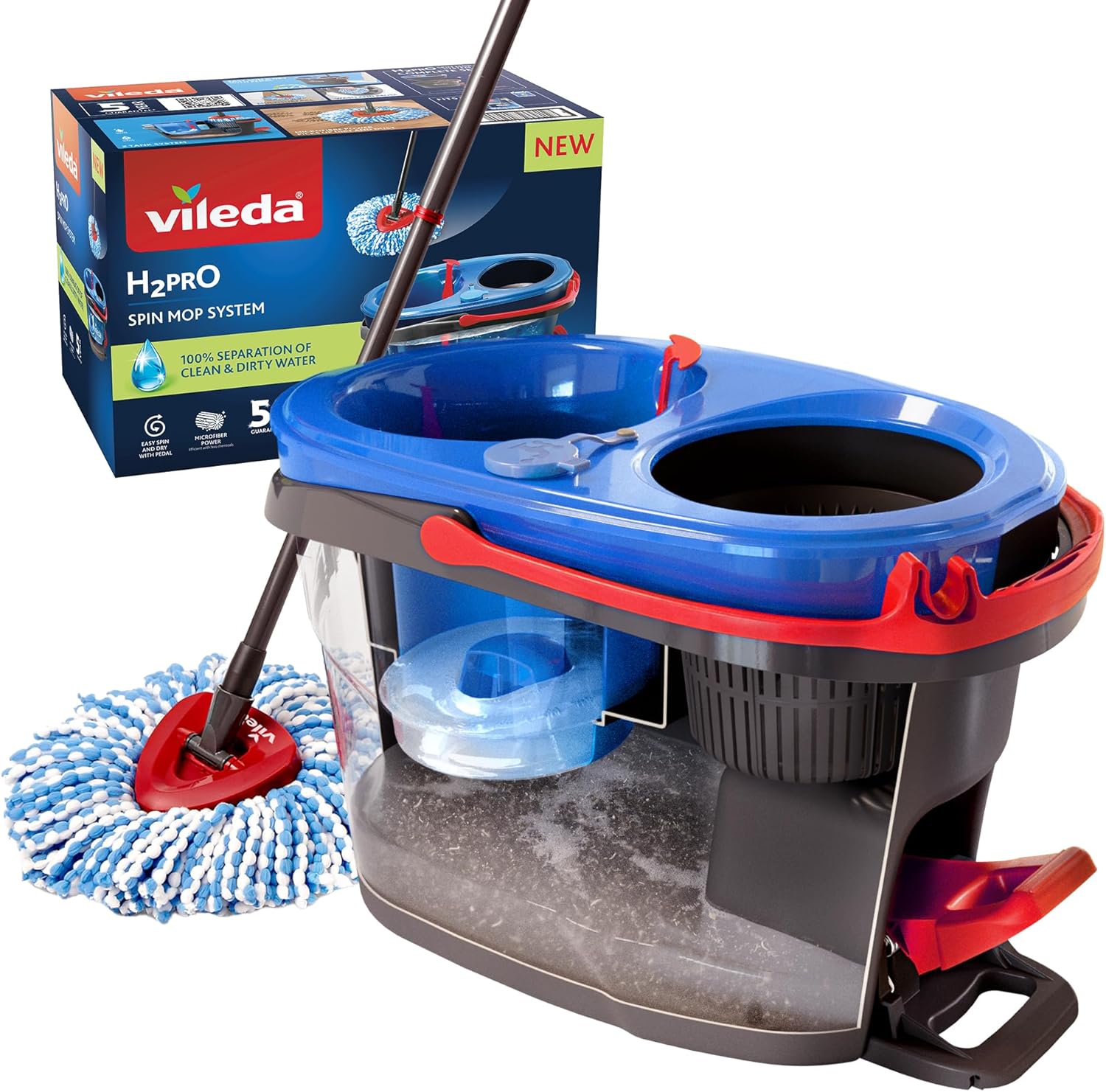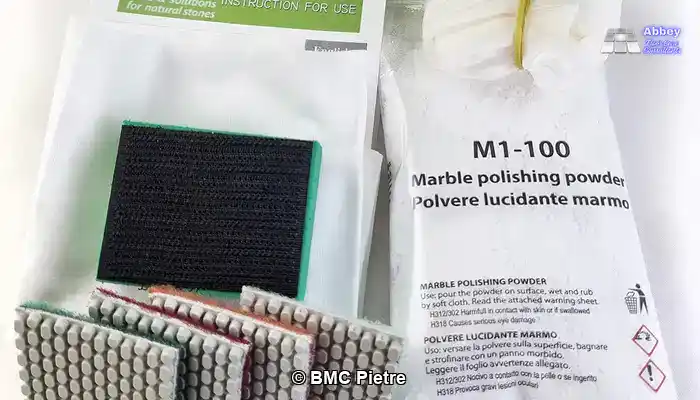Gain Comprehensive Insights into Marble Etching

Identify the Main Causes of Etching on Marble Surfaces
Marble etching occurs when acidic substances interact with the calcium carbonate present in the stone. Common household items such as lemon juice, vinegar, wine, and certain cleaning agents can instigate this chemical reaction. The acid effectively dissolves a minuscule layer of the marble's surface, leading to dull patches that compromise its natural luster. It is critical to recognize that even sealed marble can suffer from etching since sealers are primarily designed to protect against stains rather than chemical reactions. Consequently, etching can still occur, diminishing the elegance and appeal of your marble.
Pro Tip: Must-Have Products for Daily Travertine Care

Fila Pro Floor Cleaner
|

LTP MPG Sealer H20
|

Vileda H2PrO Spin Mop System
|
Understanding the Distinctions Between Etching and Staining
Many individuals erroneously confuse etching with staining; however, these two problems are fundamentally different in nature. Stains penetrate into the stone, resulting in a change in color, while etches modify the surface texture. You can typically discern the type of damage by touch: if the affected area feels smoother or rougher compared to the surrounding stone, it indicates etching. Stains usually exhibit a noticeable color difference, while etching manifests as dull or cloudy spots. Accurately identifying the specific issue is vital for selecting the appropriate remedy to restore the marble's beauty.
Understanding Why Marble Is Sensitive to Common Acids
While marble is undeniably beautiful, it is softer than more robust stones like granite or quartzite. Its high calcium content reacts almost instantaneously to acidic liquids, even those that are relatively mild. Various household cleaners marketed as “multi-surface” or “bathroom safe” can cause visible damage to the marble in mere seconds. The moment acid comes into contact with the marble, it begins to erode the polished surface. Recognizing this sensitivity is essential for properly caring for your stone and preventing unnecessary deterioration that could detract from its natural beauty.
Comprehensive Examination of Marble Etch Removal Kit Components

Discover the Common Ingredients and Their Functions
Typically, marble etch removal kits consist of diamond-impregnated polishing pads and a powder that is a blend of mild abrasives, polishing powders, and chemical buffers, along with pads designed specifically for the polishing process. These components are intended to smooth the upper layer of the stone’s surface, helping to restore some of its original luster. The underlying principle is straightforward: by gently rubbing the impacted area, you polish away a fine layer of the dull surface, allowing light to reflect evenly once again. However, the success of this method heavily relies on the depth of the etch and the specific type of marble being treated.
Understanding the Function of Polishing Powders and Pastes
Polishing powders and pastes utilize ultra-fine abrasive particles to address the micro-scratches caused by acid damage. When applied with pressure and moisture, the compound slightly remelts or burns the marble's surface, enhancing clarity. This technique can effectively brighten light etching; however, it does not genuinely restore the stone to its original state. Essentially, you refine the surface rather than repair the material that has been chemically dissolved by acid exposure.
How Do DIY Kits Claim to Effectively Eliminate Etch Marks?
DIY kits typically promise rapid results through a simple “rub-in” polishing technique. This process generally entails applying a small amount of the compound to the dull area, working it into the surface with a cloth or buffer pad, and wiping away any excess product. While this method may reduce the visibility of a faint etch, the improvement is often temporary. Most kits are designed for minor, shallow marks and tend to be ineffective against deeper or more widespread etching that alters the stone’s surface texture. The effectiveness of these kits also varies based on the density of the marble and its finish; honed marble reacts differently compared to highly polished stone.
Evaluating the Effectiveness of DIY Kits: When Are They Beneficial?

Identifying When Shallow Etches Are Suitable for DIY Kit Application
Marble etch removal kits are specifically designed to address shallow etching marks that are barely noticeable under natural light and have not compromised the stone’s texture. If the dull spot disappears when the surface becomes wet, this is a positive indication that it is minor enough for a polishing compound to effect change. In these circumstances, gentle buffing with the powder can restore some shine, although the finish may not perfectly blend with the surrounding area.
Understanding Deep Etches and Surface Deformation
Deep etching presents a more intricate challenge. When acid damage penetrates the stone, it creates microscopic pits that cannot be remedied with powders or creams. This results in an uneven surface that scatters light instead of reflecting it beautifully. DIY products typically lack the necessary abrasives or machinery to level out this damage; therefore, after multiple attempts, dull patches may remain visible. Over-polishing an area can also lead to a patchy surface, drawing more attention to the flaw and further complicating the restoration process.
Understanding Why DIY Etch Removal Kits Fail to Address Deep Damage
The polishing powders and diamond pads included in DIY etch-removal kits are designed for light surface polishing—not for eliminating deeper etches. While these kits may improve the appearance of shallow marks, they do not possess the mechanical force needed to penetrate the chemically damaged layer of the stone. To effectively restore etched marble, you require aggressive diamond tooling used with electric hand machines. This process, known as diamond honing, physically grinds away the affected surface using progressively finer grits. It is the only reliable method for eliminating deep, dull patches and reinstating a clear, uniform reflection.
Without this mechanical action, powders and pads merely buff the surface, failing to reach the depth of the etch, which leaves the damage visible once the stone dries.
Assessing the Effectiveness of a DIY Kit
How to Test a Kit on a Minor Area for Effectiveness?
If you are considering trying a marble etch removal kit, it is prudent to conduct a test on a small, inconspicuous area first. This approach allows you to establish realistic expectations regarding the potential improvement you might achieve. Apply the compound according to the provided instructions, and observe the area under natural light. If the dull mark shows only minor enhancement, this result is likely the best you can anticipate across the remainder of the floor or countertop. Always avoid aggressive rubbing, as this can lead to swirl marks and create an uneven finish that detracts from the overall appearance.
How to Identify When a DIY Kit Is Ineffective?
One of the most common mistakes homeowners make is repeating the process too many times, hoping for better results each time. If the etched area remains cloudy after one or two attempts, the damage has likely extended beyond the kit’s capabilities. Continuing to rub the surface can wear away the stone’s protective polish, resulting in a larger dull patch. At this stage, you are simply redistributing the damage rather than genuinely repairing it.
What Precautions Should You Take to Prevent Additional Damage During DIY Attempts?
Before utilizing any product, it is essential to read the label thoroughly and confirm its suitability for your marble finish. Avoid acidic cleaners, abrasive pads, or mechanical buffers not specifically designed for stone. Always rinse the surface thoroughly afterwards to eliminate any residue that might react negatively with the marble in the future. By taking these straightforward precautions, you can prevent new etches from developing and protect your marble until you can schedule a professional inspection if necessary.
Effective Professional Restoration Techniques
Understanding the Process of Diamond Honing and Polishing
Professional stone restoration relies on diamond honing to eliminate the upper layer of damaged marble, revealing a fresh surface beneath. Using specialized machinery and a series of diamond grits, each pass refines the surface until it regains its natural reflection. This method is entirely mechanical, as opposed to chemical, meaning it addresses physical damage rather than merely concealing it. Once honed, the marble can be polished to the desired level of gloss and subsequently sealed for ongoing protection against future damage.
How Do Professional Techniques Differ from DIY Methods?
Unlike DIY kits, professional honing completely removes the etched material instead of attempting to disguise it. The machines utilized are specifically engineered to maintain a perfectly flat surface across extensive areas, a feat that is unattainable by hand. Technicians also navigate through multiple grit levels to achieve the original sheen, accommodating finishes that range from matte to high polish. The result is a uniform, reflective surface that restores both the aesthetic appeal and smooth texture of the stone.
Understanding Why Professional Restoration Results Have Longevity
Once marble has been adequately honed and sealed, it becomes significantly easier to maintain. Professional sealing products penetrate deeply into the stone, reducing the rate at which liquids and dirt can be absorbed. Although sealing cannot prevent etching, it simplifies future cleaning and helps preserve the even gloss achieved during restoration. With a proper care routine, the results can endure for years before additional intervention is required.
Strategies for Preventing Future Etching on Marble
Identifying the Best Cleaning Products for Marble Care
The most effective defense against marble etching begins with your everyday cleaning practices. Always opt for pH-neutral cleaners specifically formulated for natural stone. Avoid using vinegar, lemon-based sprays, or limescale removers, as even minor splashes can lead to fresh etches. A simple blend of warm water and a small amount of stone-safe cleaner suffices for regular maintenance, ensuring that your marble retains its beauty.
Implementing Mats and Coasters in High-Risk Areas
Prevention is significantly easier than repair. In kitchens, place mats beneath chopping boards and in areas where beverages are served to capture spills before they reach the surface. In bathrooms, keep bottles and cosmetics on trays rather than directly on the marble. Even toothpaste and mouthwash can etch polished stone if left sitting for extended periods. These simple habits can lead to substantial improvements in marble longevity over time.
Understanding the Importance of a Gentle Cleaning Routine for Longevity
Marble responds best to gentle care. Mop or wipe surfaces weekly, and dry them immediately afterwards with a soft microfiber cloth to prevent streaks and marks. For floors, use felt pads under furniture legs and avoid dragging items across the surface. Consistency is crucial: regular light cleaning will help maintain the stone’s natural sheen and significantly reduce the risk of chemical damage.
Making Informed Decisions About Your Marble Care
Cost Analysis: DIY Kit Versus Professional Restoration Services
In the UK, DIY etch-removal kits typically range from approximately £20 to £60, depending on the brand and size of the kit. In contrast, professional marble honing and restoration services usually cost between £20 and £40 per square meter for moderate damage, escalating to £50 or more per square meter for extensively etched or larger areas requiring attention.
While opting for a DIY solution may initially seem cost-effective, it often provides only a temporary fix for minor surface marks. Professional restoration, despite the higher upfront cost, delivers a deeper and more lasting result that maintains the appearance and durability of your marble, ultimately helping you to avoid costly repairs in the future.
How to Find a Trustworthy Local Marble Specialist in Surrey
When seeking a marble specialist in Surrey, begin by reviewing local feedback and asking for before-and-after photos of their natural stone projects. Ensure they possess specific expertise with marble and a solid understanding of acid etching, rather than merely general cleaning knowledge. Inquire if they employ dust-free, water-based honing systems to minimize mess and protect your home’s interiors during the restoration process.
It is also essential to assess whether the provider is transparent about their process, the elements of the work included, how they manage furniture and flooring protection, and if they offer warranties or maintenance advice afterwards. A reputable specialist will clearly communicate the level of restoration that is feasible and realistic based on the condition of your marble.
Understanding When It’s Worth It to Invest in Professional Care
If your marble floor exhibits significant dull patches, pits that catch light, or inconsistencies in reflection over a large area, the DIY approach may inadvertently exacerbate visible damage by creating uneven gloss or highlighting flaws. In such scenarios, the expertise and controlled techniques provided by a professional are well worth the investment, ensuring that your marble is restored to its original beauty.
Deep etching alters the structure of the stone’s surface, and only mechanical methods, such as diamond honing, can effectively restore balance and clarity to the marble. If you desire the best long-term results and your marble is a key aesthetic feature in your home, opting for professional care is a wise choice.
Frequently Asked Questions About Marble Etch Removal and Restoration
Understanding What Marble Etching Is and How It Occurs
Marble etching occurs when acidic substances, including lemon juice, vinegar, or wine, react with the calcium carbonate present in the stone. This chemical reaction dissolves a thin layer of the surface, resulting in dull or cloudy marks that are distinct from typical stains. Unlike stains, etching alters the texture rather than just the color, which is why simple cleaners are insufficient to resolve the issue effectively.
Do Marble Etch Removal Kits Actually Deliver Results?
These kits can be effective for very light, shallow etches where the damage has not penetrated deeply into the surface. Kits containing polishing powders may restore some shine, but they cannot remedy more profound etching. For noticeably visible dull spots or rough patches, only diamond honing can remove the damaged layer and restore a uniform finish, ensuring the marble looks its best.
How Can I Determine If an Etch Is Too Deep for a DIY Kit?
If the dull mark disappears when the area is wet but reappears when dry, it is likely shallow enough for a DIY polish. However, if the mark feels rough, catches light at an angle, or remains dull after gentle buffing, it is too deep. At this point, professional honing is the only reliable solution to restore the marble effectively.
What Is the Typical Cost of Professional Marble Restoration in the UK?
Professional marble honing generally costs between £20 and £50 per square meter, depending on the extent of the damage and the desired finish. Minor repair work may be less expensive, while larger or heavily etched areas can incur higher costs. This price reflects the specialized equipment and expertise required to achieve a seamless and lasting result that enhances the beauty of your marble.
Can Sealing Marble Prevent Etching?
Sealing provides protection against staining, but it does not prevent etching. Acidic substances can still interact with the surface, even if it is sealed. However, sealants facilitate easier cleaning and slow absorption, making them an essential component of long-term marble maintenance and care.
Is There a Difference Between Polishing and Honing Marble?
Yes, there is a distinction. Honing utilizes diamond abrasives to smooth the stone and eliminate damage, resulting in a matte or satin finish. Polishing refines the honed surface further, achieving a high gloss. Both processes are interconnected: honing addresses the underlying issues, while polishing restores the final shine, ensuring the marble maintains its elegance.
What Preventative Measures Can I Take to Avoid Future Etching?
Utilize pH-neutral stone cleaners, promptly clean up spills, and avoid acidic products near your marble. Use mats, coasters, and trays in high-use areas, particularly kitchens and bathrooms, to protect the surface. Consistent gentle cleaning and immediate attention to any marks will help maintain your marble's pristine appearance for years to come.
The Article Do Marble Etch Removal Kits Actually Work? (Before You Buy) first appeared on https://www.abbeyfloorcare.co.uk
The Article Marble Etch Removal Kits: Do They Really Work? appeared first on https://fabritec.org
The Article Marble Etch Removal Kits: Effectiveness and Insights Was Found On https://limitsofstrategy.com

